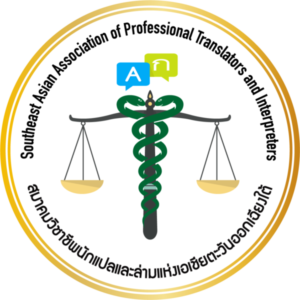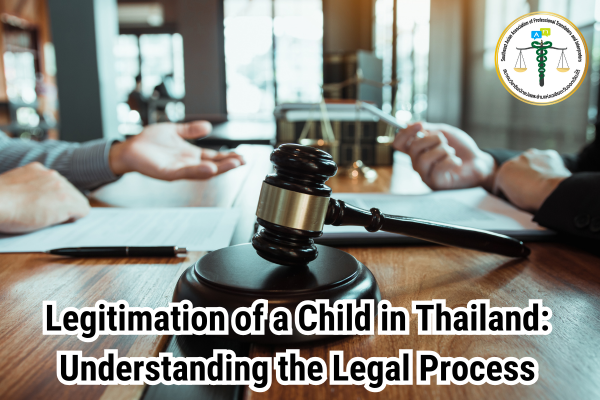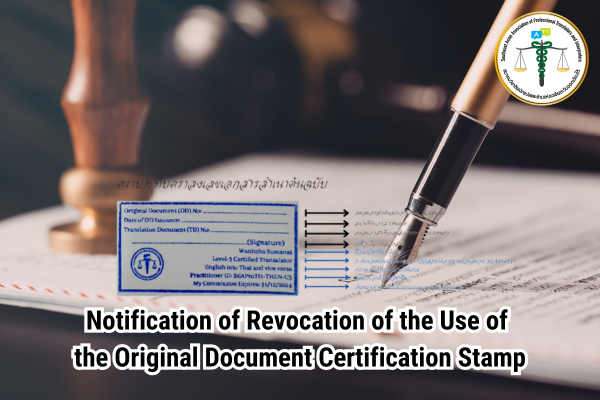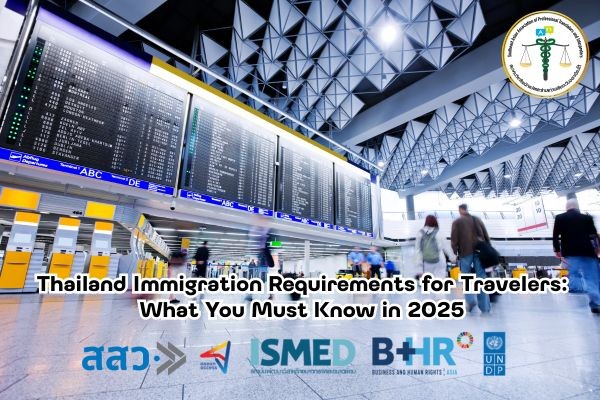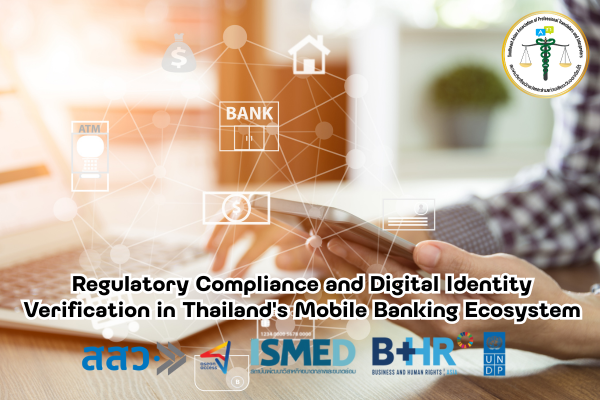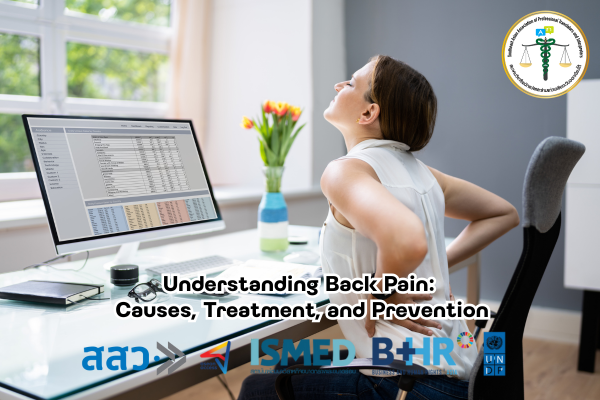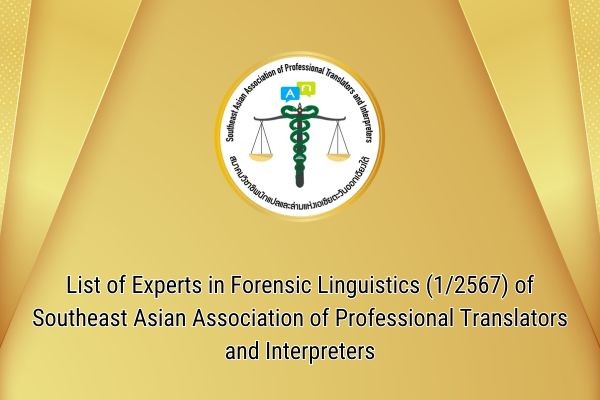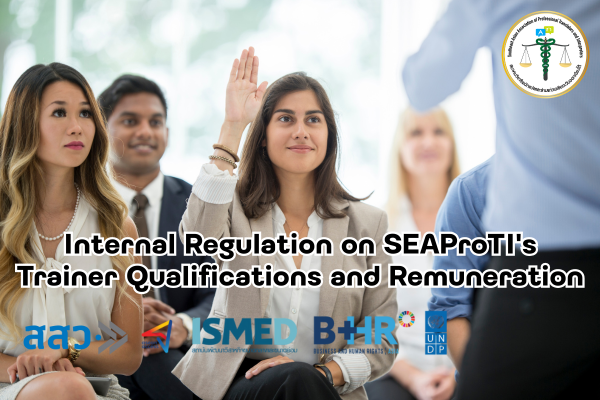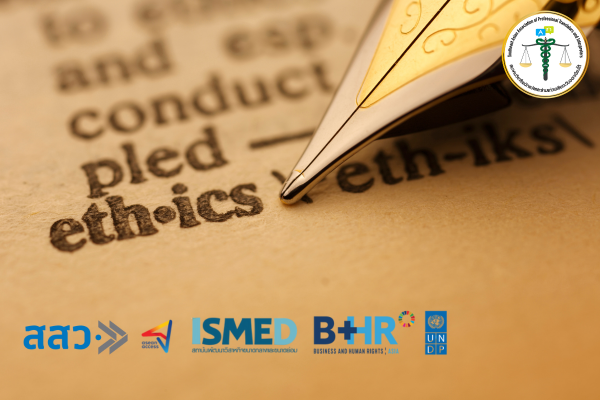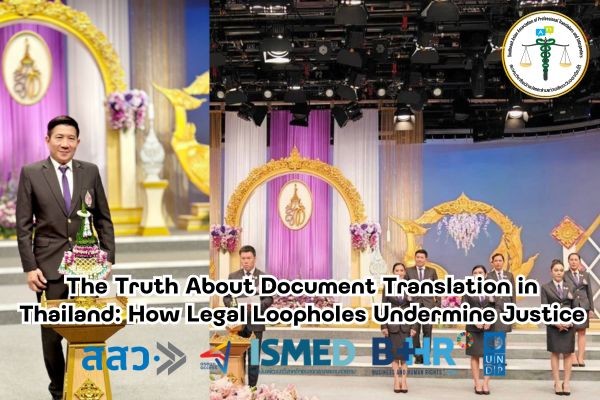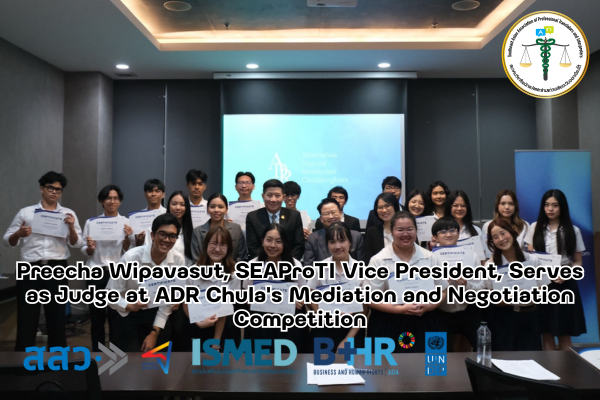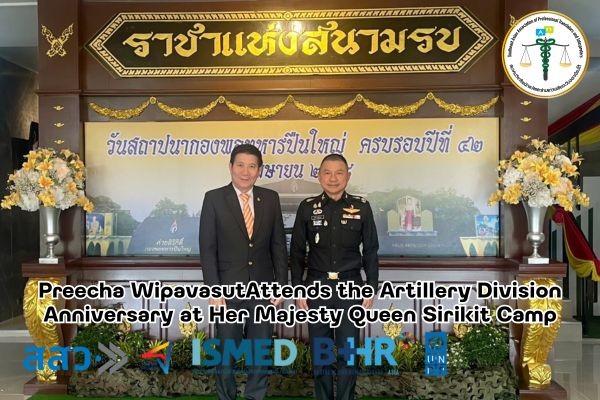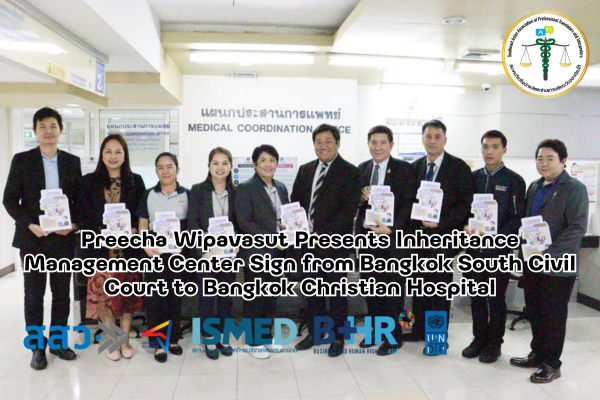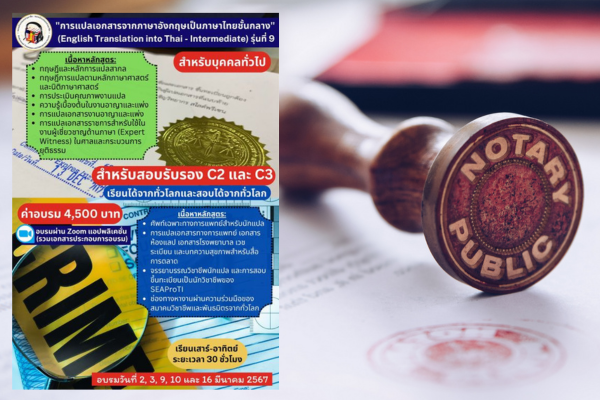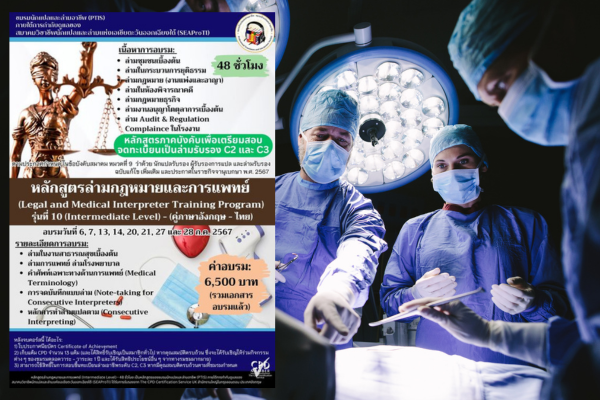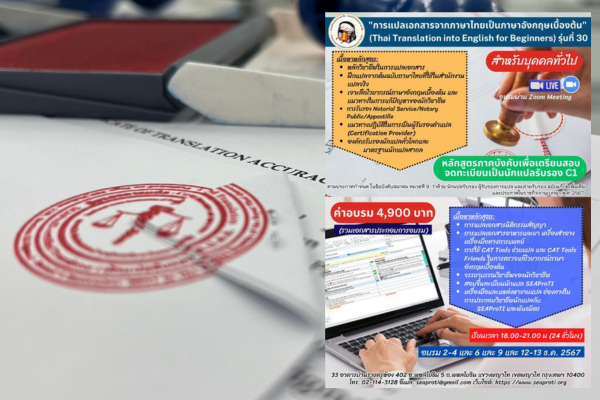In today’s globalized world, the demand for professional translators is higher than ever. Whether it’s for legal documents, medical records, business contracts, or literature, accurate translation is essential. The Southeast Asian Association of Professional Translators and Interpreters (SEAProTI) has established a rigorous system to ensure the highest standards of translation. This system categorizes Certified Translators into three levels, each reflecting a different degree of expertise, experience, and professional qualification. These levels are Certified Translator Level 1 (ปว.1), Level 2 (ปว.2), and Level 3 (ปว.3). This article explores these certification levels, the qualifications required, and the value they bring to the translation industry.
The Role of Certified Translators
Certified Translators are professionals who have undergone specialized training and assessment to ensure their work meets rigorous standards. Their role goes beyond mere language conversion; they must convey the original meaning, tone, and context accurately. Certification provides clients with assurance that the translator has the necessary skills and adheres to professional ethics.
SEAProTI’s certification framework is designed to recognize and validate the diverse skills and experience levels within the profession. Each level builds on the previous one, offering a clear path for professional growth.
Level 1: Certified Translator Level 1 (ปว.1)
Who are they?
Certified Translators at Level 1 are entry-level professionals who have completed foundational training in translation. They are fully capable of handling straightforward translation tasks and are often new members of the association.
Qualifications and Training:
To attain Level 1 certification, candidates must:
- Complete a SEAProTI-approved foundational translation course.
- Demonstrate proficiency in at least two languages, typically through language tests.
- Meet the basic membership criteria of SEAProTI.
Scope of Work:
Level 1 Certified Translators typically handle general documents such as personal correspondence, basic legal or financial documents, and routine business communications. They work under minimal supervision but may consult with more experienced translators when handling complex materials.
Why is it important?
This level serves as a gateway for aspiring translators, providing them with essential skills and exposure. It also assures clients of a baseline level of competence.
Level 2: Certified Translator Level 2 (ปว.2)
Who are they?
Level 2 Certified Translators are mid-level professionals who have advanced beyond the foundational level. They possess a deeper understanding of translation techniques and specialize in more complex subject areas.
Qualifications and Training:
To achieve Level 2 certification, candidates must:
- Complete an advanced SEAProTI-certified translation course.
- Pass a rigorous examination that tests their ability to translate complex materials accurately.
- Maintain active membership in SEAProTI and demonstrate adherence to the association’s ethical guidelines.
Scope of Work:
Level 2 Certified Translators handle specialized translations in fields such as law, medicine, and technical subjects. They are often trusted with sensitive or high-stakes documents, including legal contracts, court transcripts, and medical reports. These professionals are expected to work independently and deliver high-quality translations without external review.
Why is it important?
The Level 2 certification assures clients that the translator has both theoretical knowledge and practical experience in handling complex projects. This level is critical for industries where accuracy and confidentiality are paramount.
Level 3: Certified Translator Level 3 (ปว.3)
Who are they?
Certified Translators at Level 3 are the highest tier of professionals in the field. They are recognized for their exceptional expertise, extensive experience, and leadership in the translation industry.
Qualifications and Training:
To attain Level 3 certification, candidates must:
- Complete a SEAProTI-endorsed advanced translation and interpretation program.
- Pass a comprehensive assessment that includes practical translation tests, case studies, and oral examinations.
- Demonstrate significant professional experience, typically through a portfolio of high-profile projects.
- Fulfill all SEAProTI membership obligations, including contributing to the profession through mentorship or research.
Scope of Work:
Level 3 Certified Translators are entrusted with the most complex and sensitive translation tasks. They often work on legal cases, government projects, and international negotiations. Their work may involve interpreting cultural nuances and ensuring that translations meet legal and technical standards in multiple jurisdictions.
Why is it important?
Level 3 certification represents the pinnacle of professional achievement in translation. Clients working with Level 3 Certified Translators can be confident that their materials are in the hands of an expert who can handle any challenge.
The Certification Process: A Path to Excellence
The journey to becoming a Certified Translator involves a combination of education, testing, and professional development. SEAProTI’s certification system is designed to be comprehensive and rigorous, ensuring that only the most qualified individuals earn the title of Certified Translator.
1. Training Programs
Each certification level requires candidates to complete a SEAProTI-approved training course. These courses are designed to equip translators with the necessary skills and knowledge, covering areas such as:
- Advanced grammar and syntax.
- Subject-specific terminology.
- Translation technologies and tools.
2. Examinations
Examinations are a core component of the certification process. Candidates must demonstrate their ability to produce accurate, culturally appropriate translations under timed conditions. The tests are designed to assess:
- Language proficiency.
- Analytical and problem-solving skills.
- Understanding of ethical guidelines.
3. Professional Membership
All Certified Translators must maintain active membership in SEAProTI. This includes adhering to a code of ethics, participating in continuous professional development, and contributing to the profession through mentorship or research.
The Benefits of Certification
1. Professional Credibility
Certification is a mark of professional credibility. It assures clients that the translator has met stringent standards and is committed to maintaining high-quality work.
2. Career Advancement
For translators, certification provides a clear pathway for career progression. As they advance through the levels, they gain access to more prestigious and higher-paying assignments.
3. Industry Recognition
Certified Translators are recognized as leaders in their field. This recognition opens doors to opportunities in specialized industries, government projects, and international organizations.
4. Client Trust
Clients often prefer working with certified professionals because they offer a higher level of assurance in terms of accuracy, confidentiality, and reliability.
Challenges and Future Trends
While the certification system brings numerous benefits, it also comes with challenges. The rigorous training and examination process can be time-consuming and demanding. Additionally, translators must stay updated with evolving technologies and industry standards.
Looking ahead, the translation industry is likely to see increased integration of artificial intelligence and machine learning. However, human translators, especially those with certifications, will continue to play a vital role in ensuring cultural sensitivity and contextual accuracy.
Conclusion
The certification of translators is an essential element in maintaining high standards in the translation industry. SEAProTI’s three-tiered system—Certified Translator Level 1, Level 2, and Level 3—provides a clear framework for recognizing professional excellence. Each level reflects a different stage of a translator’s career, offering clients confidence in the quality and reliability of their work.
As the demand for accurate and culturally sensitive translations grows, the role of Certified Translators becomes even more critical. For aspiring translators, SEAProTI’s certification system offers a clear path to professional development and career success. For clients, it provides the assurance that their translation needs are being handled by qualified, ethical, and highly skilled professionals.
The Southeast Asian Association of Professional Translators and Interpreters (SEAProTI) has officially announced the criteria and qualifications for individuals to register as “Certified Translators,” “Translation Certification Providers,” and “Certified Interpreters” under the association’s regulations. These guidelines are detailed in Sections 9 and 10 of the Royal Thai Government Gazette, issued by the Secretariat of the Cabinet under the Office of the Prime Minister of the Kingdom of Thailand, dated July 25, 2024, Volume 141, Part 66 Ng, Page 100.
To read the full publication, visit: the Royal Thai Government Gazette.

